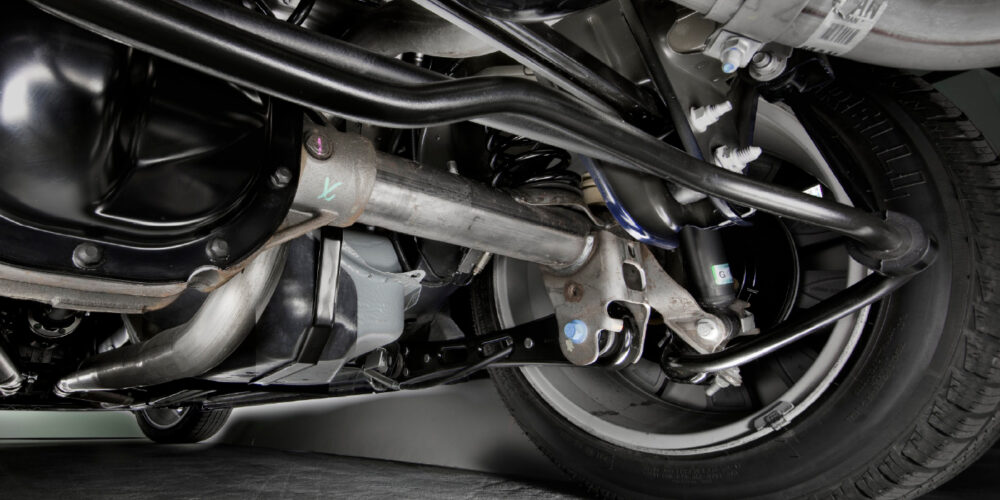Properly removing and installing hub unit bearings can not only enhance the performance and longevity of hubs, but will also benefit the axles and wheels. The Timken Company offers technicians the following advice on removing and installing hub unit bearings:
Hub Unit Bearing Removal
• Begin by raising the vehicle up and removing the lug nuts and the wheel.
• Remove the brake caliper and rotor. The caliper should be supported and not hanging freely.
• Next, the axle nut needs to be removed using an axle nut socket. The vehicle manufacturer’s instructions should be used to determine proper nut replacement.
• If possible, disconnect the ABS sensor wire from its mating connector point. This is usually located in the wheel well or on the chassis frame. Also, disconnect the sensor wire from the clips that are used to properly position the sensor wire in the wheel frame. Before removing, be sure to make note of the current orientation and positioning of the sensor wire and bearing.
• Remove the bolts that attach the bearing to the steering knuckle. A puller may be needed to remove the hub assembly from the knuckle. Be careful not to damage the knuckle or axle shaft.
Hub Unit Bearing Installation
• First, insert the new hub assembly into the steering knuckle. Check the positioning of the splines on the axle shaft as the hub assembly is inserted into the knuckle. Carefully position the two components so the splines are not damaged during the installation. Never force the hub assembly on the shaft and never hit it with a hammer or other tool.
• Next, torque the knuckle-bearing mounting bolts to the vehicle manufacturer’s specification using a torque wrench. Don’t use an impact wrench because it does not reliably use the proper torque.
• If possible, connect the new ABS sensor (comes already attached to the new bearing) to its mating connection point and clips in the wheel well and frame area.
• Install the axle nut. Tighten the nut to the vehicle manufacturer’s torque specification using a torque wrench. Again, an impact wrench is not recommended.
• Replace the brake rotor and brake caliper. All components should be clean of debris and burrs.
• Replace the wheel and torque the lug nuts. Follow the vehicle manufacturer’s recommendations regarding torque specification and re-torque requirements.
About The Timken Company’s Automotive Aftermarket
Headquartered in the U.S. with manufacturing and research facilities across the country and around the globe, Timken is dedicated to providing the automotive and heavy-truck aftermarket with OE quality products. From bearings, hub assemblies and seals to grease, kits and components, Timken delivers the quality and technical know-how needed to make repairs right the first time. For more information on Timken’s automotive aftermarket products, log on to www.timken.com/aftermarket, email [email protected] or call (866) 984-6536.
Proper maintenance and handling procedures are critical. Always follow installation instructions and maintain proper lubrication. TechTips is not intended to substitute for the specific recommendations of equipment suppliers. Every reasonable effort has been made to ensure the accuracy of the information contained in this writing, but no liability is accepted for errors, omissions or for any other reason.













